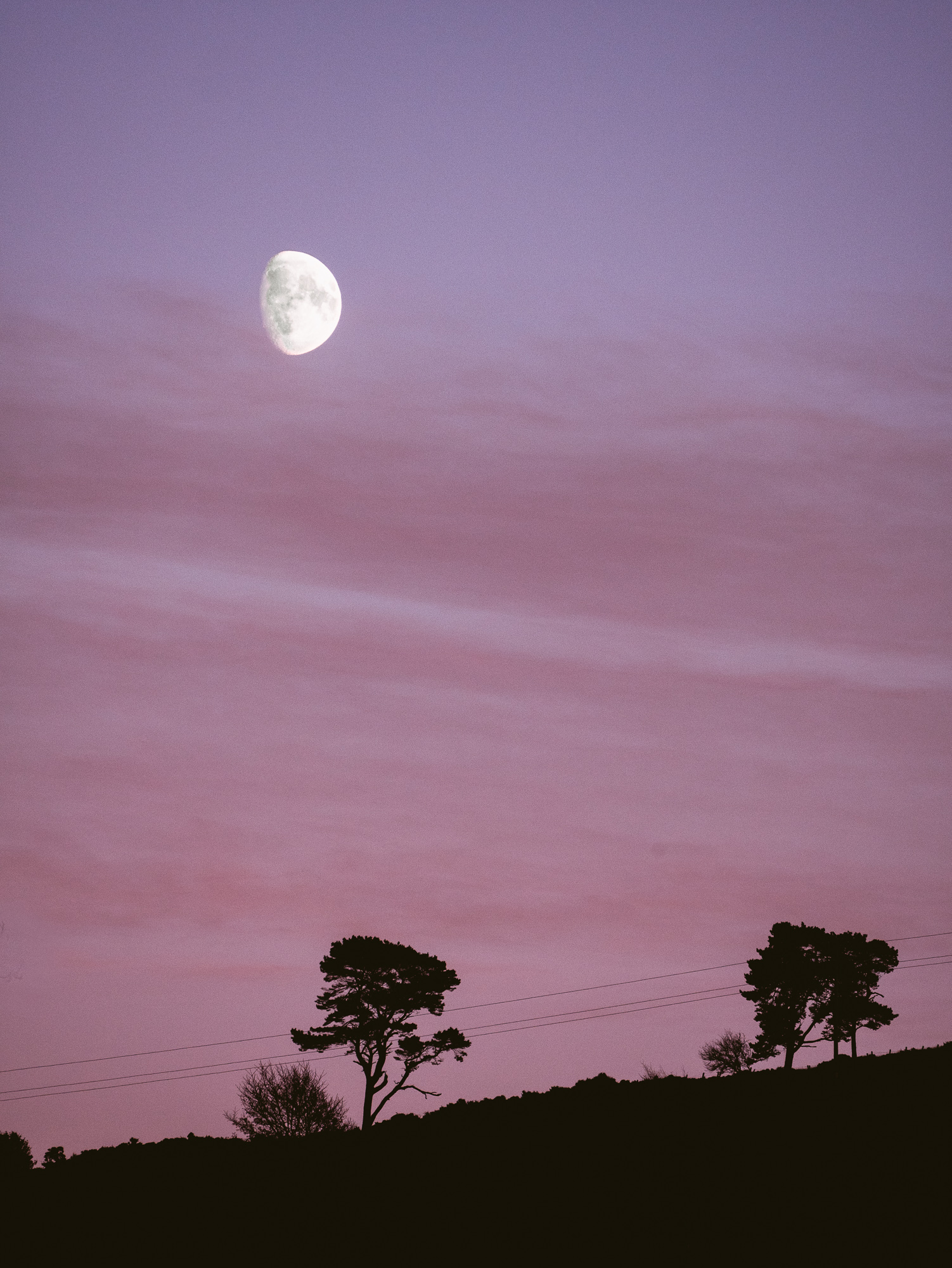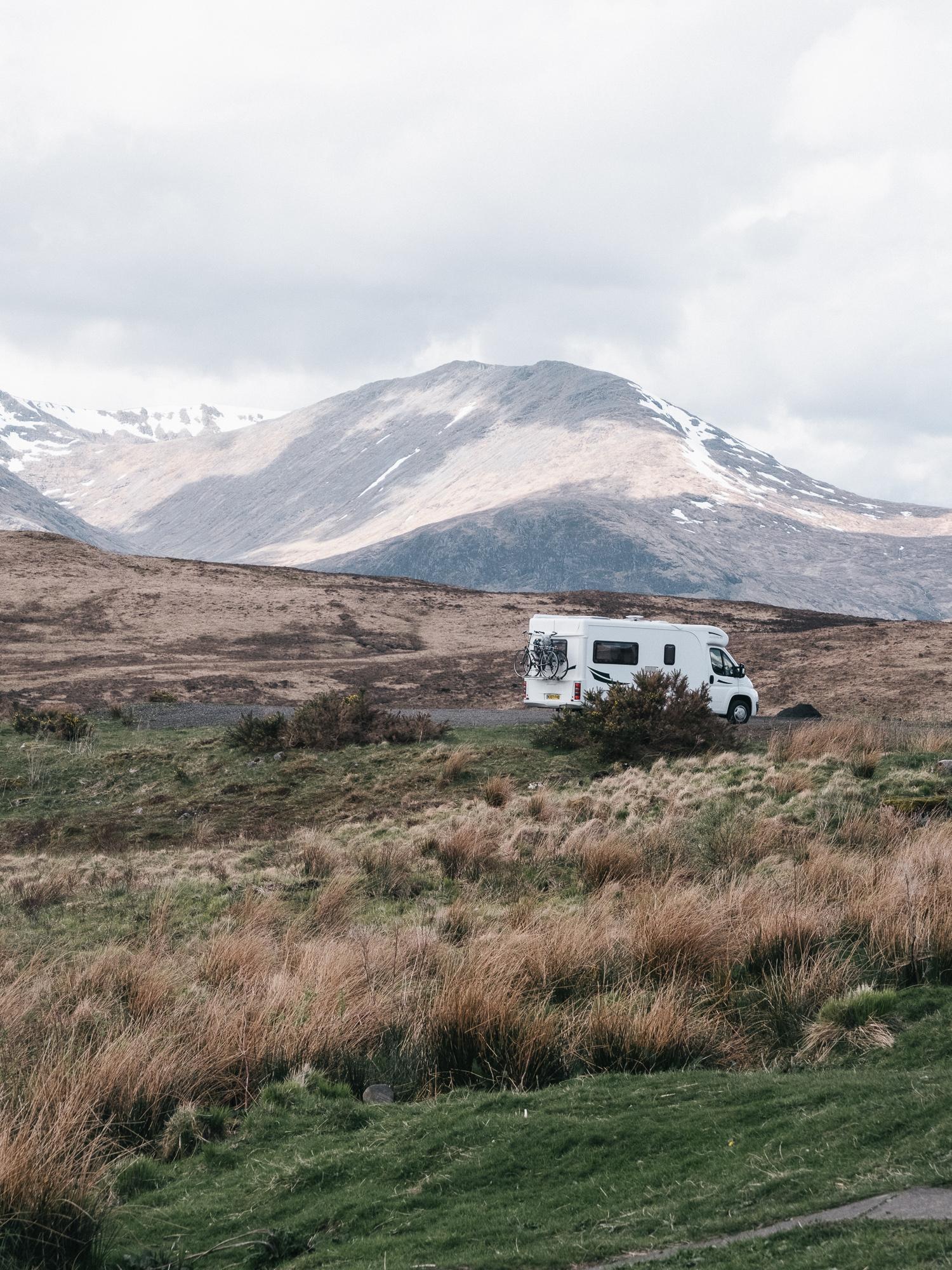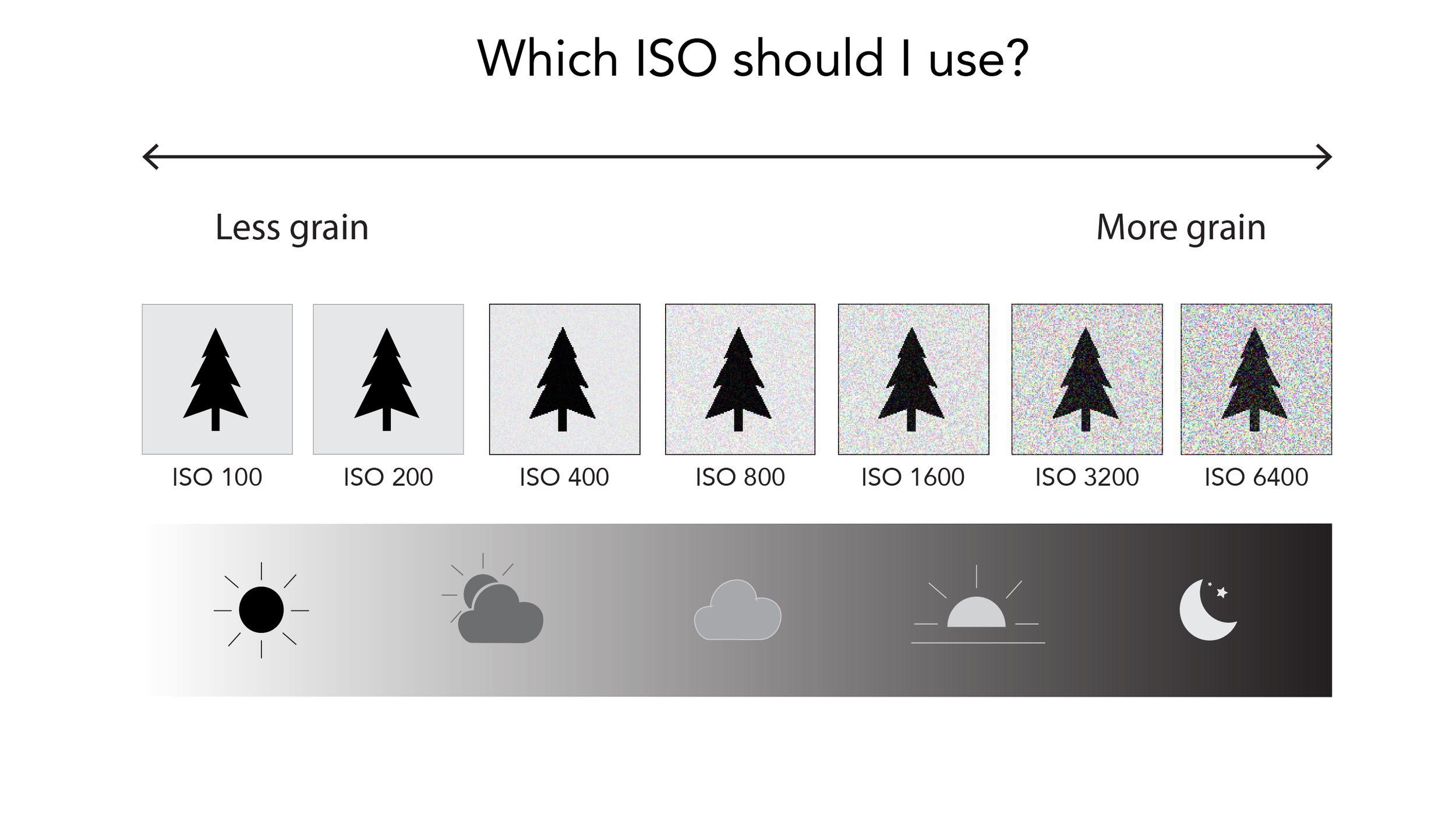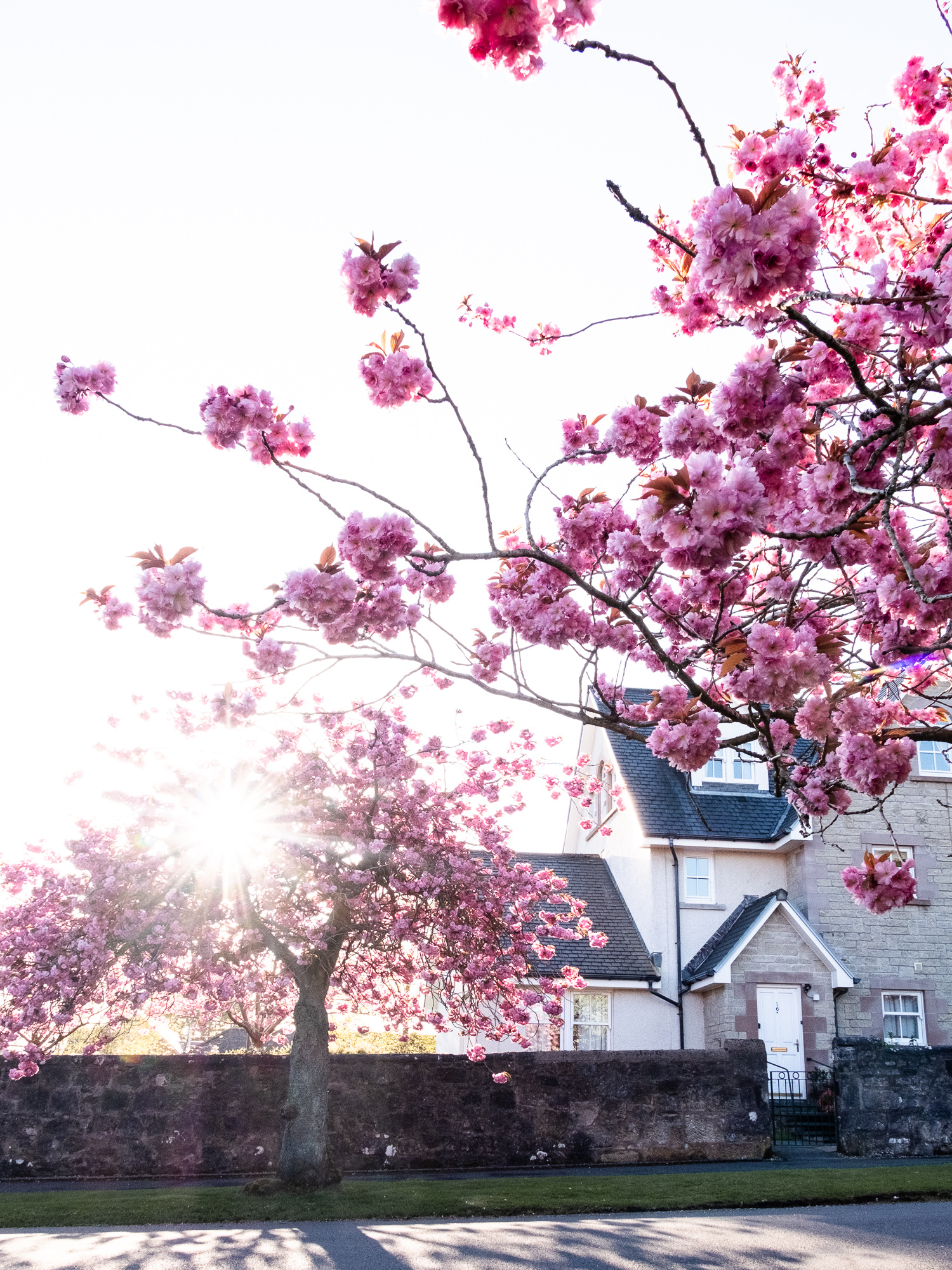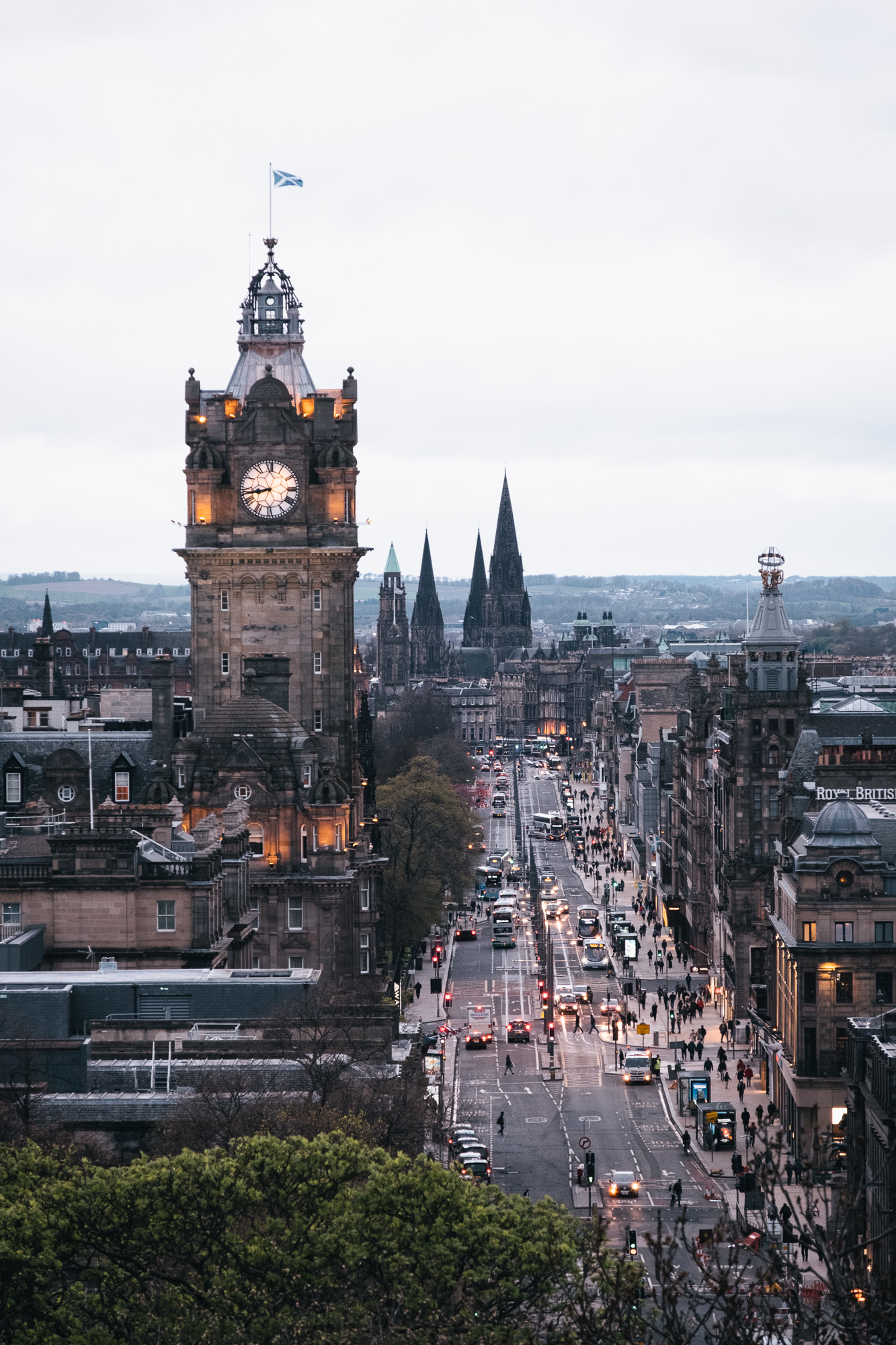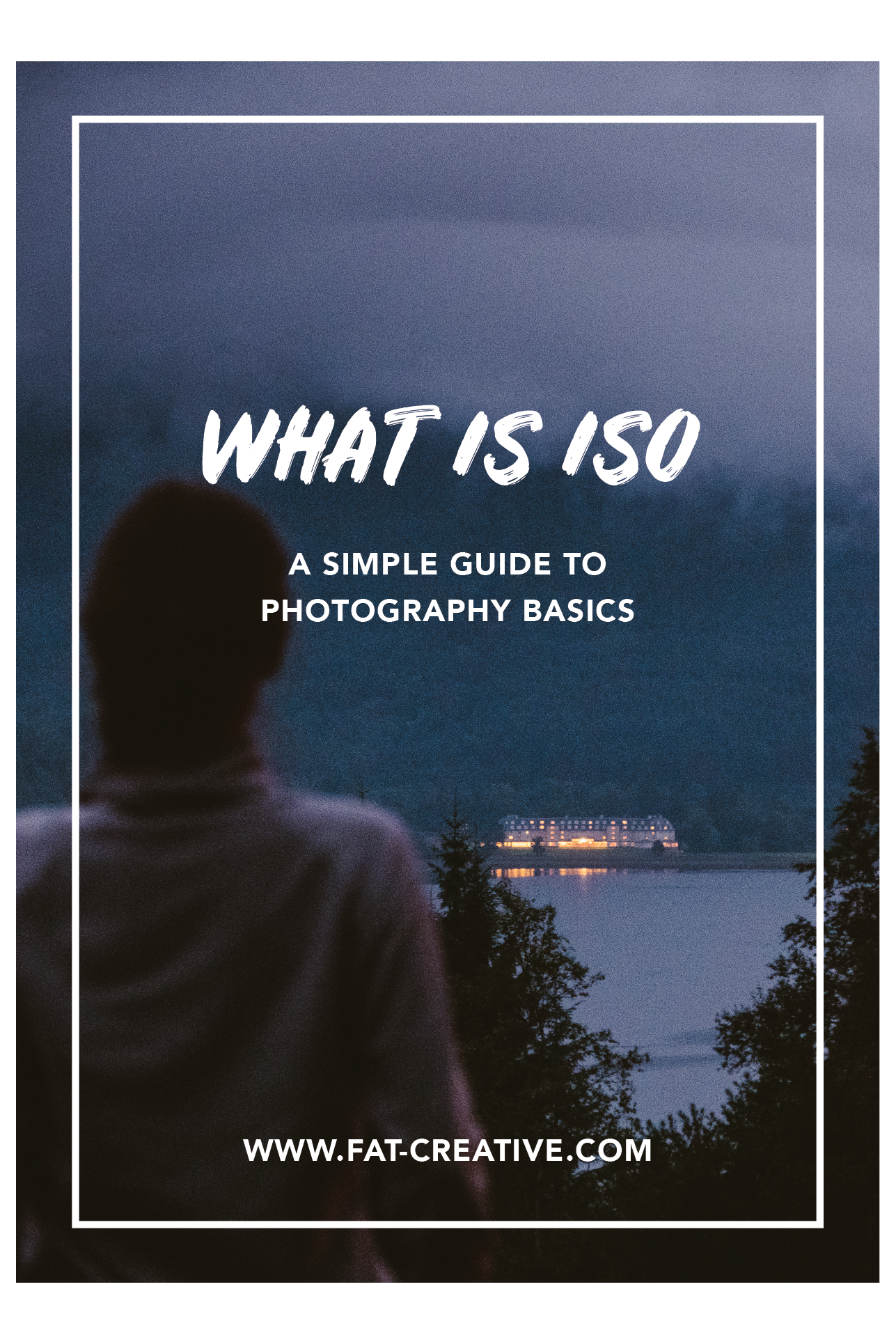What Is ISO - All Things Photography
WHAT IS ISO
EXPLAINED SIMPLY, NO PHOTO JARGON
FREE DOWNLOAD:
By pressing the Download+ button you agree to receive our newsletter with the blog updates and free downloads
You’ve done your research, but somehow words like “ISO is a light sensitivity of film or image sensor” don’t make any sense – don’t worry you're not alone! I’ve certainly felt overwhelmed with the technical terms when was just getting started with photography. That’s why I choose to drop the photo jargon and instead use simple and easily digestible words to help you understand the basics of ISO.
What is ISO and how to control it?
It was less confusing when a film was the only option. On film, the ISO is fixed for the whole roll and therefore you only take care of the Aperture and Shutter Speed.
When buying a roll of film, the choices usually are :
ISO100 for a bright, sunny light
ISO200 for a bright overcast day
ISO400 is universal, ideal to use in most weather conditions (until the dusk)
ISO800 used by professionals for the sport or indoor photography (low light situations)
The trades off are that the higher ISO comes with ‘grain’.
The same principles apply to the digital photography.
The basic rule of thumb is this:
the lower ISO number the less ‘grain’ = better photo quality
the higher ISO number the more ‘noise’ appears on the picture
The term 'grain' refers to the film photos, where the 'noise' applies to the digital pictures, but both mean the same thing. Grain/Noise can reduce the technical quality of the image, but not the artistic one.
It’s important to remember that it's possible to add the ‘noise’ effect in the post-production edit, but certainly impossible to completely get rid of if the original file has high ISO. The amount of noise/grain will vary on different digital cameras, and that’s something worth playing with, so you know how far you can push the camera.
Please note this diagramme is for illustrative purposes and does not represent the actual amount of the grain/noise per setting, that will vary based on different digital cameras models.
Before I choose the ISO setting I ask myself the following questions:
1. Light
What time is it? Generally speaking, the light at sunrise/sunset is softer than at midday.
What's the weather? The forecast for the day has a direct impact on how much light is available.
The location of my subject is important too. If it's in the direct sunlight, I will choose the lowest ISO, if in the shade I will increase ISO at 400
2. Movement
Is my subject moving or standing still? When I shoot landscapes, I use lower ISO setting (ISO 200-400), when the subject is moving fast I push ISO to the higher number (ISO800 and above).
3. Handheld or Tripod
If I have a tripod with me I would generally use the lower ISO (ISO200)
4. Grain
Grain- if I know I want a clear grain-free image I choose the lowest ISO (ISO200 on my current camera), but in low light situations, I will also use a tripod or find something stable to rest my camera.
Photo Challenge
In order to see for yourself how ISO will impact the image on your camera/mobile phone, we suggest to do the following:
1. The best time to test your camera’s ISO noise level is at dusk or inside the room (you need a low light situation)
2. Set your DSLR camera on a P mode (this way you control the ISO setting, the camera takes care of the rest), skip this step if shooting with the mobile phone camera
3. Take 5-10 images at different ISO numbers, starting with ISO100/200 and the last at the highest ISO you get on your camera/phone
4. View images on a screen and pay attention to the darker areas to see the difference
5. Share your results with us via Instagram using hashtag #forallthingscreative or email to info@fat-creative.com
Pin for later
Did you find this article interesting and/or useful? Please share it with your friends who also enjoy taking photographs



